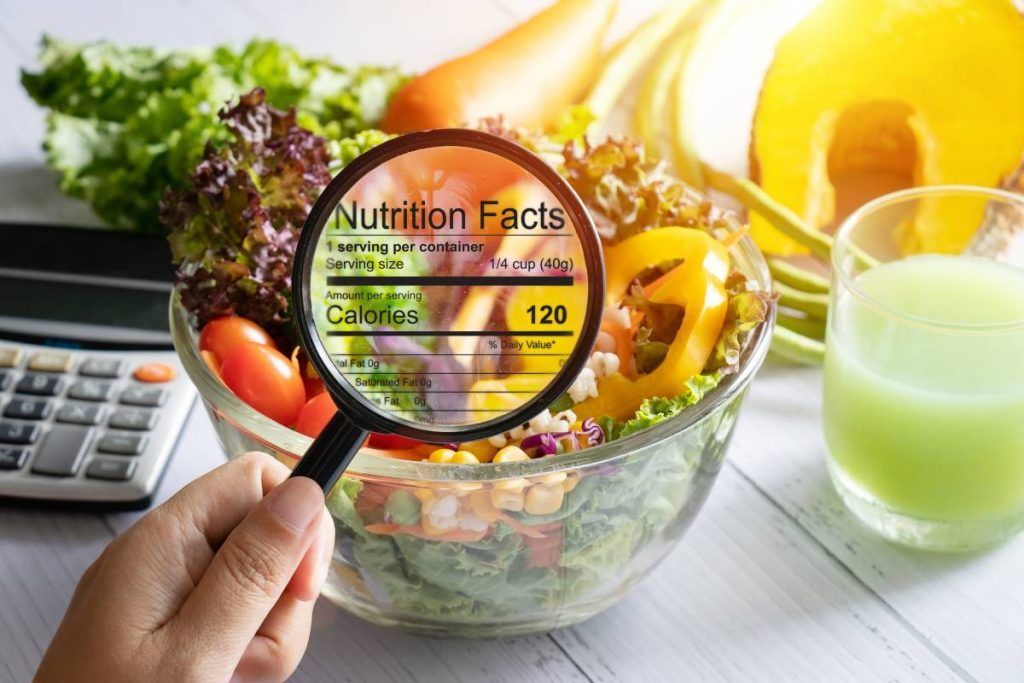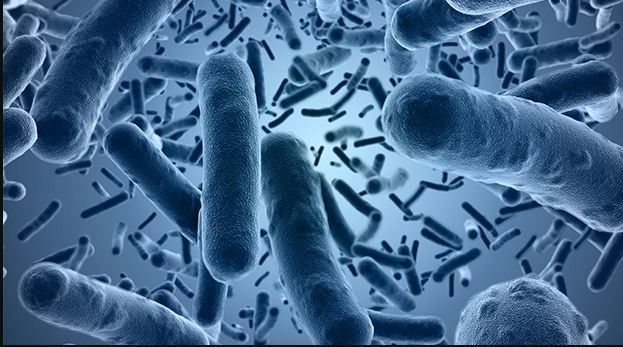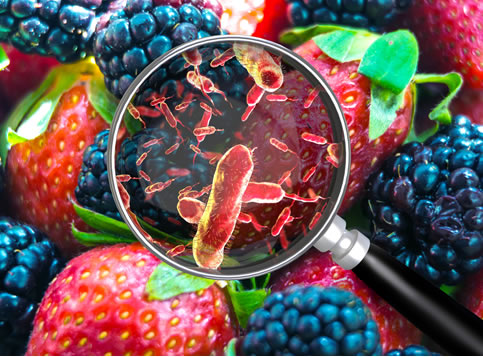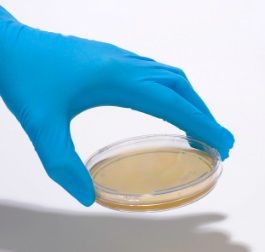







In November 2020, The Environmental Work Group (EWG) commissioned laboratory tests of talc-based cosmetics products and found that 15% of samples in the study contained asbestos (1). The study was published in the journal, Environmental Health Insights (2).
If you’re wondering why there hasn’t been a government-mandated recall, it’s because cosmetic products and ingredients do not require U.S. Food and Drug Administration (FDA) review or approval before they go to market (3). While cosmetic products must be safe for consumer use and properly labeled, cosmetic companies do not need to share safety information. Instead the FDA encourages cosmetic companies to conduct voluntary testing that follows the specifications set forth by the Personal Care Products Council (formerly Cosmetic, Toiletry and Fragrance Association) in 1976 (4).
The problem with asbestos contamination in talc-based products came to light in 2018, when an investigation revealed that Johnson & Johnson knowingly put products that might have contained asbestos out to market. This led the FDA to conduct a year-long study on asbestos in talc products. In March 2020, the FDA reported that 9 of the 51 samples were positive for asbestos, including Johnson & Johnson baby powder (5). The final results of a second talc sampling assignment are expected to be released in 2021.
After the results of the FDA study, Johnson & Johnson voluntarily recalled 33,000 bottles of the product, and in May 2020, decided to discontinue the sale of talcum-based baby powder in the US and Canada (6).
Why is There Asbestos in Talc-Based Products?
Most people know that asbestos is a dangerous material. It is a deadly carcinogen when inhaled, with no safe level of exposure. So what is it doing in talc-based cosmetics?
Asbestos is a naturally occurring mineral found in rock and soil - the same rocks that the cosmetic industry mines for talc. Cosmetic companies use talc in many products as a filler, to improve texture, or to absorb moisture.The big problem is that talc can be inhaled, so when even trace amounts of asbestos are mixed in, the product can have lethal consequences for consumers.
Unfortunately, there are no identifiable signs of asbestos exposure before a disease develops...and that can take decades. Signs are usually detected in the lungs, but asbestos-related diseases can also impact the throat, stomach and colon. Asbestos exposure can lead to asbestos, mesothelioma, or lung, laryngeal, or ovarian cancer (7).
Regulating Asbestos
Clearly, there are inadequacies within the cosmetic industry when it comes to properly screening talc supplies. So what’s being done?
In January 2020, the Working Group on Asbestos in Consumer Products (IWGACP), formed by the FDA in 2018, suggested preliminary recommendations on improving testing methods for asbestos in talc products (8). These include a standardized method specifically for the analysis of asbestos in talc-containing consumer products, rigorous training requirements, quality assurance, and quality control.
However, almost one year later, the EWG continues to call attention to the FDA’s lack of regulation and inadequate testing of talc-based products that may contain asbestos. Their study highlights the ineffectiveness of current voluntary screening methods, and calls for congress to create legislation that mandates rigorous testing and gives the FDA authority to regulate these products (1).
There are currently two members of congress who are taking on this issue. Rep. Debbie Dingell of Michigan introduced legislation that would require warning labels on cosmetics that could contain asbestos and are marketed to children. Rep. Frank Pallone of New Jersey introduced legislation that would give the FDA power to recall and stop production of products that pose serious health risks to consumers, such as talc-based cosmetics.
Resources:







Interested in Working with
Sure-BioChem Laboratories
Sure-BioChem Laboratories offers top-notch analytical testing for various industries. Our advanced lab and expert team ensure reliable, quality results. We're committed to excellence, helping clients meet high standards in environmental, food, and pharmaceutical testing.
Headquarters:
1000 Atlantic Avenue
Camden, NJ 08104
PHONE: 888-398-7247
Main Menu